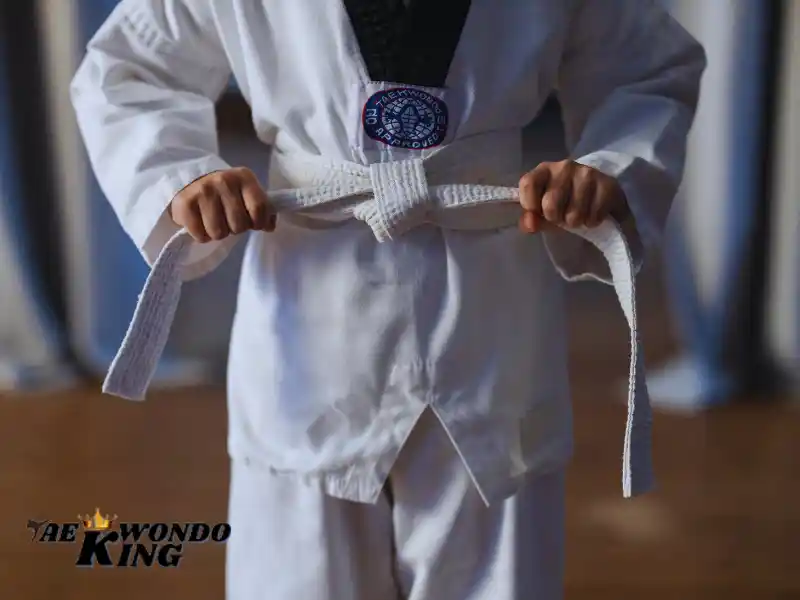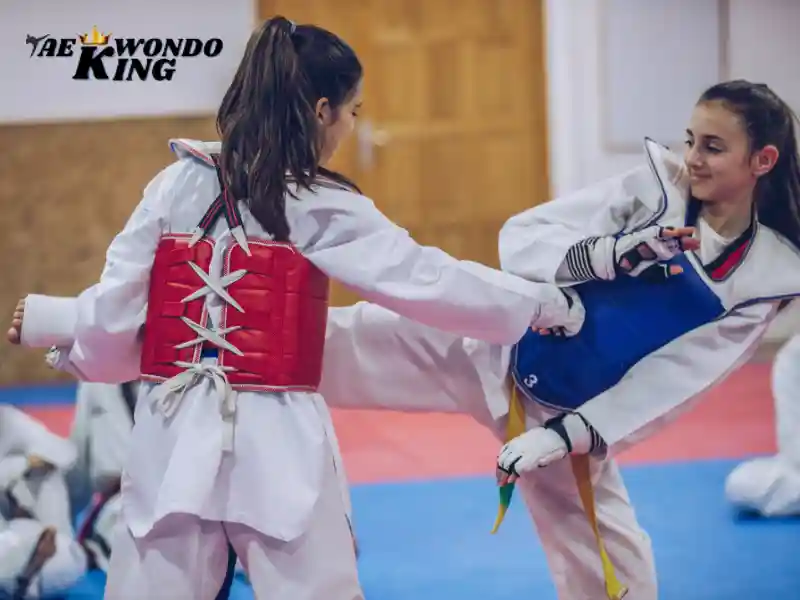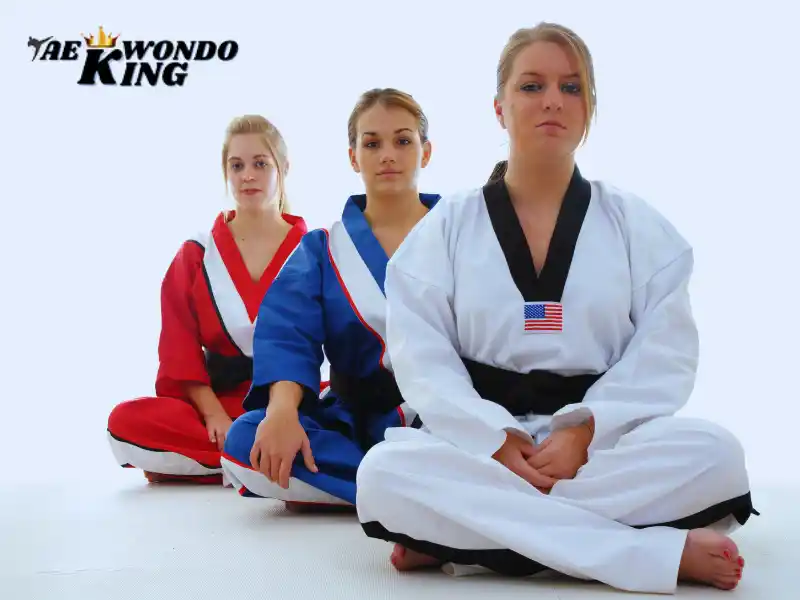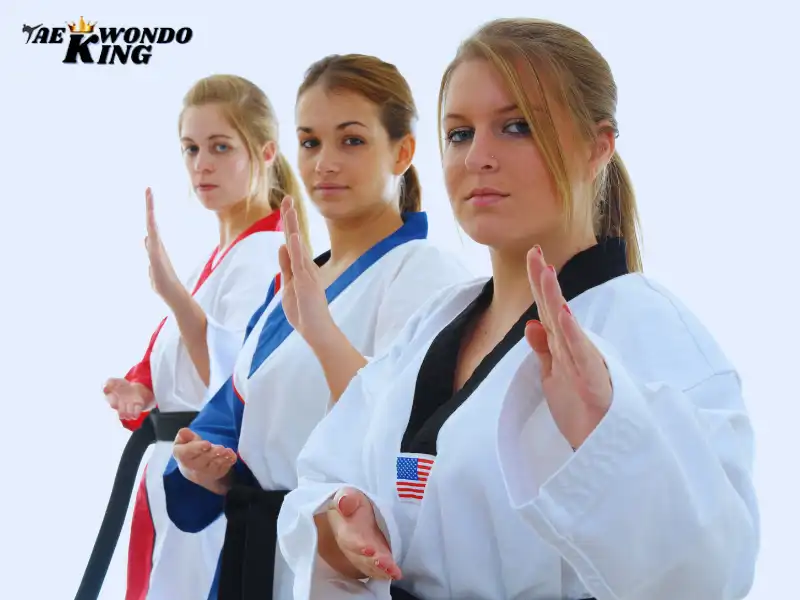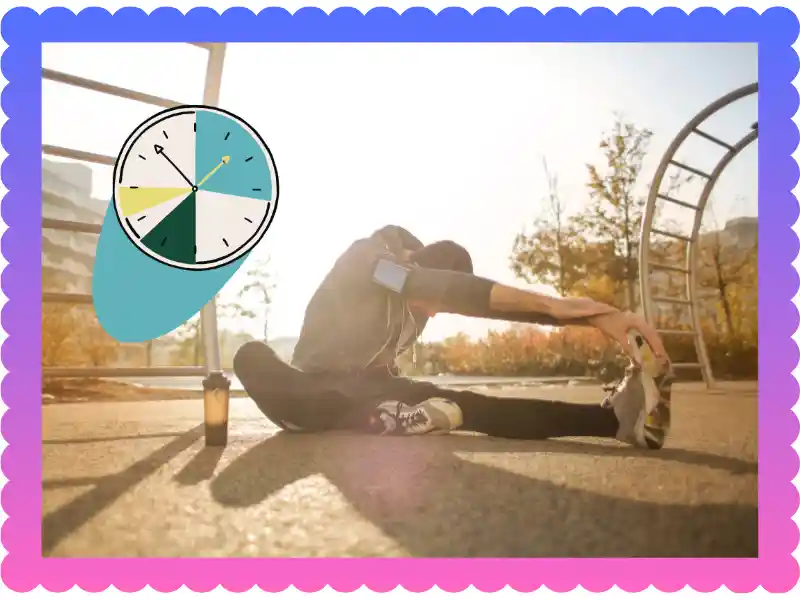
Trying to improve your flexibility can feel like reaching for a star just out of grasp, exciting but a bit daunting. As a taekwondo enthusiast, I know how crucial flexibility is for nailing high kicks and staying injury-free. That’s why I was thrilled to try the Smart Flexibility Tester from Taekwondo King. It’s like a personal coach guiding you through your stretching journey. I’ve used it to assess my progress, and it’s helped me see where I shine and where I need work.
Here’s my honest take on why this Smart Flexibility Tester stands out, how it compares to other tools, and a few areas where it could stretch further, all shared like a chat with a friend.
See the latest Top-Rated Adjustable Dumbbells Set Price Today Used by Champion.

A Friendly, Easy-to-Use Tool
The Taekwondo King Smart Flexibility Tester is as simple as a warm-up stretch. I visited taekwondoking.com and found a clean, inviting interface. The tool walks you through three tests: the Sit and Reach for hamstrings and lower back, the Butterfly Stretch for hips, and the Behind Back Reach for shoulders. Each comes with clear instructions and illustrations, like a patient instructor showing you the ropes. I just followed along, noted my results, and got a personalized flexibility report with tips to improve. It’s like having a mini dojo in your browser.
What sets this apart is its focus on martial arts needs. Taekwondo King, led by Ehatasamul Alom, a 3rd Dan black belt, builds tools with practitioners in mind. Their site offers everything from taekwondo drills to gear reviews, showing they get what we need to grow.
Unlike generic fitness apps, this Flexibility Tester feels tailored for folks like me who want to kick higher and move smoother. It’s free, web-based, and works on my phone or laptop, no apps or sign-ups needed. Compared to tools like Sport Fitness Advisor’s flexibility tests, which are detailed but text-heavy, this one’s visuals and interactivity make it more engaging.
Why It Kicks Above the Rest
The Smart Flexibility Tester shines for a few reasons. First, it’s specific yet broad. It tests hamstrings, hips, and shoulders, key areas for taekwondo kicks and strikes, but anyone can use it, from yogis to gym-goers. I love how it gives personalized tips based on my input. After my test, it suggested dynamic leg swings for my tight hips, which I’ve added to my routine. It’s like getting a custom stretching plan without paying for a trainer.
Compared to other tools, like the Sit and Reach Test on Topendsports.com, Taekwondo King’s version is more comprehensive. Topendsports focuses only on hamstrings and lower back, while this tool covers multiple areas, giving a fuller picture of your flexibility. Apps like Flexibility Mastery on taekwondo4fitness.com offer gear like bands but lack an interactive tester, making Taekwondo King’s tool more hands-on. It’s also free, unlike premium apps like StretchIt, which lock features behind paywalls. The no-cost access feels like a gift from a brand that cares about its community.
Another win is the martial arts vibe. Taekwondo King’s site, packed with articles on flexibility’s role in taekwondo, shows they know why flexibility matters for high kicks and injury prevention. This tool isn’t just a tester, it’s part of a bigger mission to empower martial artists. Unlike generic fitness trackers like Fitbit, which track steps but not flexibility, this tool zeroes in on range of motion, perfect for my taekwondo goals.
My Personal Experience
Let me share a quick story. When I started taekwondo, my roundhouse kicks were low and stiff. I used the Flexibility Tester to check my baseline. My hamstrings were decent, but my hips and shoulders needed work. The tool’s tips, like holding butterfly stretches longer, helped me loosen up.
After a month, I retested and saw improvement, my kicks got higher, and I felt less sore after training. It was like watching a tight knot slowly unravel, giving me confidence to keep going. The tester didn’t do the stretches for me, but it gave me clarity and motivation, like a sparring partner pushing you to improve.
See the latest Top-Rated New Balance 480 Price Today Used by Champions Runners.

Where It Could Stretch Further
To keep it real, the Smart Flexibility Tester isn’t perfect. Since it’s self-assessed, accuracy depends on your honesty. I caught myself overestimating my reach once, which skewed my results. A video guide or live feedback, like some apps offer, could help. Compared to the TAAA test, which measures taekwondo-specific agility and power, this tool doesn’t capture dynamic flexibility during kicks. Adding a kick-specific test could make it even more taekwondo-focused.
The report is helpful but basic. It gives scores and tips, but I’d love visuals like progress charts or comparisons to average taekwondo practitioners. Apps like Garmin Vivoactive 6 offer detailed graphs for fitness metrics, and something similar here would be cool. Also, while the tool is great for beginners and intermediates, advanced athletes might want more precise metrics, like degrees of joint motion, which tools like the Herman Trainer provide for strength. These are small wishes, though, and don’t diminish their value for most users.
How It Compares
Against other options, Taekwondo King’s Smart Flexibility Tester holds its own. The Sit and Reach Test on Topendsports.com is a classic, but it only tests one area and lacks personalization. Flexibility Mastery’s tools, like leg stretchers, are great for training but don’t assess flexibility interactively. Fitness trackers like Garmin or Fitbit track heart rate and steps, but miss flexibility entirely. Academic tests like the TAAA are taekwondo-specific but require equipment and aren’t web-based. Taekwondo King’s tool wins for its free access, martial arts focus, and ease of use, making it ideal for taekwondo fans and casual stretchers alike.
The brand’s authenticity seals the deal. Ehatasamul Alom’s expertise, backed by a Sports Science degree, shines through in tools like this and their Dojo Locator. Unlike corporate apps, Taekwondo King feels like a dojo community, sharing knowledge freely. It’s like choosing a local master’s class over a chain gym’s app.
Who’s It For?
This Smart Flexibility Tester is perfect for taekwondo beginners like I was, eager to improve kicks, or seasoned practitioners tracking progress. It’s also great for anyone wanting to boost flexibility, from runners to desk workers. The simplicity suits busy folks, and the tips help those unsure where to start. If you need lab-level precision or dynamic kick tests, you might pair it with tools like the Herman Trainer. But for most, it’s a fantastic way to check and improve range of motion.
Final Thoughts
The Taekwondo King Smart Flexibility Tester is like a mirror showing you where your body bends and where it resists. It’s simple, free, and packed with martial arts heart, helping me kick higher and feel looser. It could use fancier reports or dynamic tests, but its ease and focus make it a gem. Taekwondo King’s passion for the art makes this tool feel like a friend cheering you on.
Want to see how flexible you are? Check out taekwondoking.com and give it a try. It’s a small step toward smoother moves and bigger goals.
See the latest Top-Rated Adjustable Dumbbells Set Price Today Used by Champion.

FAQs
You can test your flexibility using various methods, including common field tests like the Sit-and-Reach test for hamstring and lower back flexibility, or functional movements that assess the range of motion in different joints.
A common test for shoulder flexibility is the Apley Scratch Test. You attempt to reach one hand over your shoulder and down your back while the other hand reaches up your back, trying to touch or overlap your fingers.
The Beighton score is a commonly used test to measure joint hypermobility, which indicates over-flexibility or “double-jointedness.” It involves assessing the range of motion in several key joints.
The box test for flexibility is typically a variation of the Sit-and-Reach test. You sit with your feet against a box (or a baseline), and then reach forward as far as possible, measuring the distance you can reach past your toes (or the baseline) to assess lower back and hamstring flexibility.
“Lab tests” for flexibility usually refer to more precise, clinical assessments often performed by physical therapists or exercise physiologists. These can involve using a goniometer to measure exact joint angles and ranges of motion, or detailed functional movement screenings.
The Sit-and-Reach test is widely considered the most used and recognized flexibility test, primarily assessing the flexibility of the lower back and hamstrings.
While specific categorizations can vary, common types of flexibility tests often include:
Sit-and-Reach Test (lower back and hamstrings)
Back Scratch Test (shoulder flexibility)
Trunk Rotation Test (torso flexibility)
Goniometer Measurements (precise joint angle measurements)
Functional Movement Screens (assessing movement patterns and limitations)
The most common test used to determine overall (or at least lower body and trunk) flexibility is the Sit-and-Reach test. For specific joints, other tests like the Apley Scratch for shoulders or goniometer measurements are used.
The primary test used to measure lower body flexibility, specifically hamstrings and lower back, is the Sit-and-Reach test (including its variations like the V-sit or box sit-and-reach).
See the latest Top-Rated New Balance 480 Price Today Used by Champions Runners.


Founder, Owner, and CEO of TaekwondoKing.
He is one of the top 100 martial artists in the World and among the top 20 referees in Bangladesh.
Ehatasamul Alom is an esteemed Kukkiwon Certified Taekwondo 3rd Dan Black Belt with over 15 years of experience in this dynamic martial art. Born in Rajshahi, Bangladesh, Ehatasamul’s journey with Taekwondo began at the tender age of seven. His passion led him to compete at national and international levels, where he has bagged numerous awards and honors. He is also a member of the Taekwondo National Referee Panel.
With a Bachelor’s degree in Sports Science from the prestigious Rajshahi University, Ehatasamul has a deep understanding of the technical and scientific aspects of martial arts and some other martial arts.
In 2022, Ehatasamul created the “TaekwondoKing.com” to share his knowledge, Free Resources, Values, and Real experiences. His articles focus on Taekwondo training techniques, competition strategies, Sport Products Reviews, and the art’s rich history and philosophy. He also writes about the importance of mental fortitude and discipline, key aspects of his teaching philosophy. He has already launched many sports, Taekwondo, and health-related Free online tools. His goal is to inspire both beginners and seasoned practitioners worldwide through insightful and engaging content.
If you need any help, contact Ehatasamul Alom at any time.

